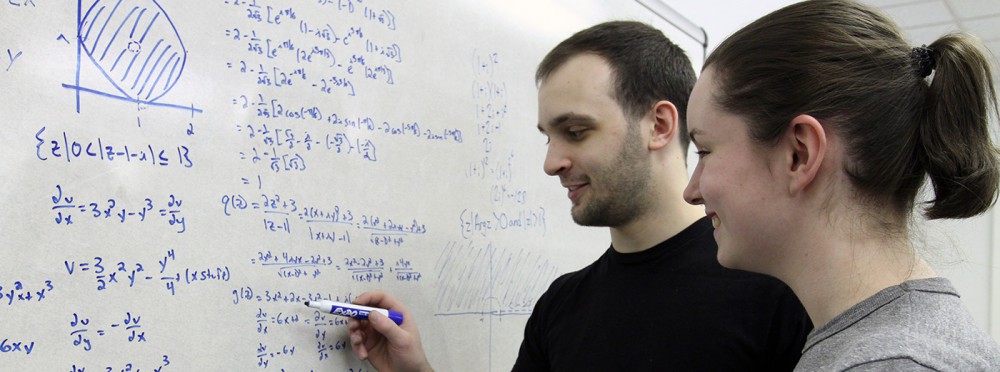I attended a panel discussion on curriculum guides at the 2014 Joint Mathematics Meetings last week. Here are a few comments on them.
- The CUPM Curriculum Guide is produced by the MAACommittee on the Undergraduate Program in Mathematicsto guide mathematics departments in designing curricula for their undergraduate students.The 2004 version was the last to come out. The new version will be out in 2015. We were told that a draft will appear atmaa.org/cupm in the near future.
- In 2012, the Conference Board of the Mathematical Sciences issued the latest recommendations for teacher preparation in mathematics: The Mathematical Education of Teachers II (MET2). A few highlights of the new recommendations:
- Elementary teachers should take four mathematics courses on elementary school mathematics. This doesn’t mean that the mathematics they are taught are elementary. The objective is to give teachers a deeper understanding of the mathematics that is taught in elementary grades. For example, while an elementary school teacher may teach division, coursework might include continued fractions or a study of the periodic nature of decimal fractions.
- Recommendations for middle school teachers include at least 24 credits of mathematics, including at least 15 credits designed specifically for future middle grades teachers that address essential ideas in the middle school curriculum.
- It is still recommended that prospective High school teachers complete coursework equivalent to that of a mathematics major. One change is that at least nine credits involve advanced study of secondary mathematics.
- TheAmerican Statistical Association (ASA) will be releasingThe Statistical Education of Teachers (SET)in 2014. It is expected to put a greater emphasis on data analysis.
I think that a few developments at UMass Lowell have put us in a good position with respect to these recommendations. A few years ago, the College of Education and Mathematical Sciences Department collaborated with other UMass campuses on the development of mathematics courses for prospective elementary school teachers. This gives us a good start toward being in line with recommendations at that level.
UTeach UMass Lowell helps us at the middle and high school levels. Functions and Modeling (92.210), which is required for mathematics certification, revisits many high school topics from an advanced point of view. Research Method (UTL.302), which is required of all UTeach students, is a data analysis course that matches both MET2 and SET recommendations. Finally, the inquiry-based approach that many UTeach courses emphasize is consistent with that of all three curriculum guides.
There will be more for us to do to address these recommendations, but I think we are on the right track!
